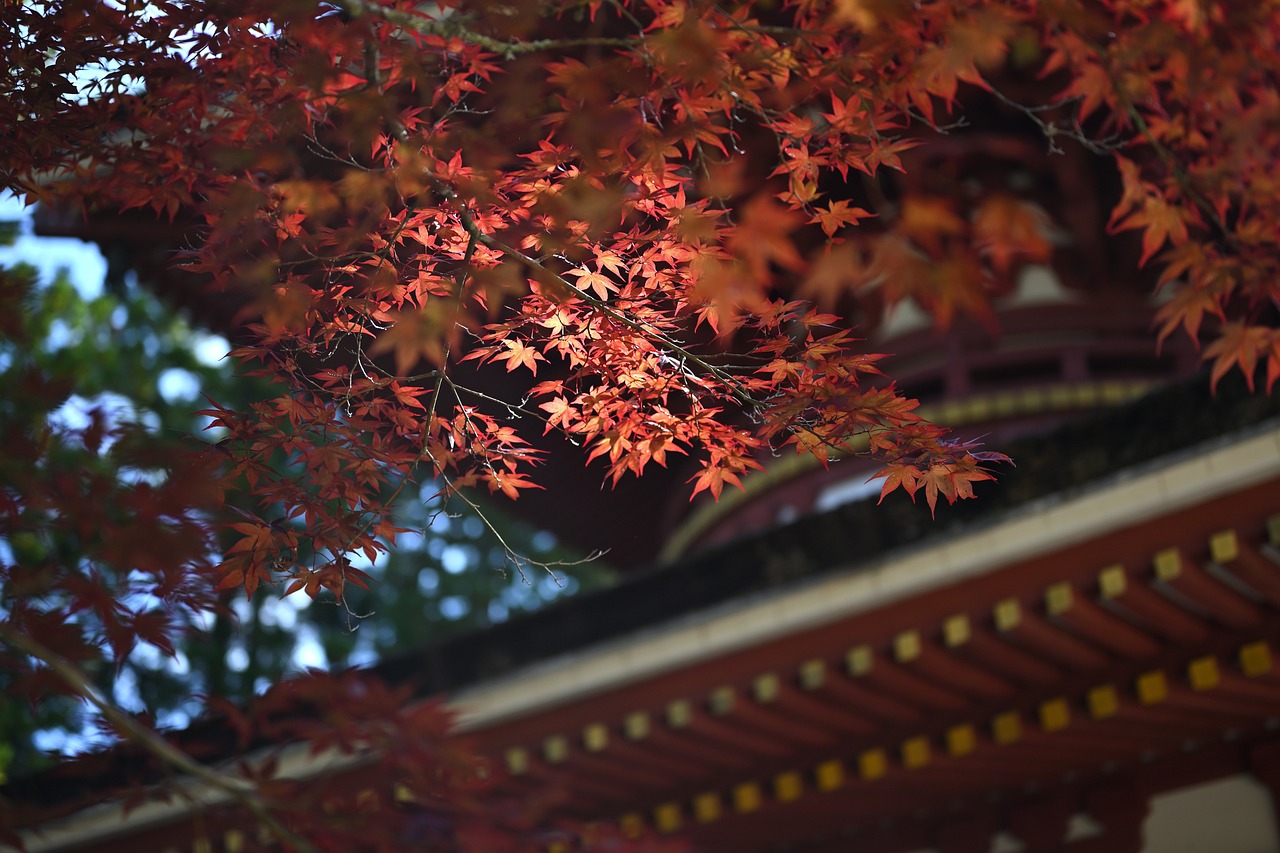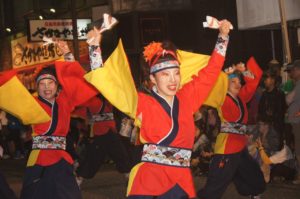Celebrating the Autumn Equinox in Japan: 秋分の日 Shūbun no Hi
The Autumn Equinox, 秋分の日 Shūbun no Hi, is one of Japan’s significant national holidays and an important part of Japanese culture. It marks the changing of seasons and typically falls on September 22nd or 23rd. The autumn equinox is one of two days in the year where the day and night are equal in length, so this time of year symbolizes harmony and balance. This holiday is celebrated in other countries, but in Japan it carries a deeper cultural and spiritual significance. In this post we’ll learn more about the Autumn Equinox and how the holiday blends ancient traditions with modern observances.
The Origins of 秋分の日 Shūbun no Hi
Shūbun no Hi, the Autumn Equinox in Japan, has its roots as a religious observance rooted in both Shinto and Buddhist traditions. The Japanese have celebrated it for centuries, but it officially became a national holiday in 1948. This was part of a broader effort to promote peace and appreciation for nature. The holiday is closely linked to the Shinto belief in the power of natural phenomena and the reverence for ancestors. These aspects of Japanese culture are central to many Japanese customs and values.
Before it became a national holiday, Shūbun no Hi was originally part of the Buddhist holiday 彼岸 Higan (“Distant Shore.”) This seven-day Buddhist tradition takes place during both the spring and autumn equinoxes. It starts three days before the equinox, continues on the equinox itself, and ends three days after. Higan refers to the journey of souls from the material world to enlightenment. During this time, Japanese families visit temples, offer prayers for deceased relatives, and reflect on the transience of life. This last concept is central to Buddhist teachings, which emphasize Impermanence, and it can be found in many aspects of modern Japanese culture. The two Higan periods are known as 春の彼岸 Haru no Higan (Spring Higan) and 秋の彼岸 Aki no Higan (Autumn Higan). They are part of the two equinox celebrations, 春分の日 Shunbun no Hi (Spring Equinox Day) in March and 秋分の日Shūbun no Hi (Autumn Equinox Day) in September. Check out this post to learn about 春の彼岸 Haru no Higan (Spring Higan).
A Time for Reflection and Gratitude
Shūbun no Hi is a time to express gratitude for the harvest and to reflect on and connect with nature. Many people take this opportunity to visit the graves of their ancestors, a practice known as お墓参りohaka-mairi. There they clean and tend to the grave sites, offer flowers, incense, and food, and pray for the well-being of their departed loved ones.
For many Japanese, the Autumn Equinox is also a day of quiet contemplation. The concept of balance, symbolized by the equal day and night, encourages people to seek inner balance and harmony in their lives. In a modern context, this holiday serves as a reminder to take a break from the busy routines of daily life and to spend time with family, honoring both the past and the present.
Appreciation for Nature on the Autumn Equinox
Another key aspect of Shūbun no Hi is its focus on nature and the changing of the seasons. As Japan moves from the hot, humid summer months into the cooler days of autumn, the equinox serves as a natural pause to appreciate the beauty of the shifting landscape. People often enjoy outdoor activities, such as hiking or visiting parks. Another popular activity is simply admiring Japan’s autumn foliage, which begins to show its beautiful colors around this time of year.
In rural areas, Shūbun no Hi coincides with the harvest season. In such areas it’s customary for farmers to give thanks for a bountiful harvest. People may make offerings of seasonal fruits and vegetables at local shrines. Community festivals often feature traditional music, dance, and food to celebrate the harvest and the natural world.
Shūbun no Hi in Modern Japanese Culture
The spiritual significance of Shūbun no Hi remains intact for many in modern Japan. But others view the holiday as simply a day off from work or school. However, even in modern Japan, where the hustle and bustle of urban life is hard to ignore, the holiday provides an opportunity for people to slow down, connect with their cultural roots, and appreciate the simplicity of nature and family. In this way, Shūbun no Hi is more than just a marker of the equinox. It is a celebration of the harmony between life, death, and nature, and a reminder to find balance in an ever-changing world.
Get on the road to speaking Japanese with the Language Garage!
We hope you’ve enjoyed learning about the Autumn Equinox in Japan. If you’d like to learn more:
- Create a free Language Garage account to access tons of Japanese vocabulary, grammar, and culture.
- Follow us on Facebook, LinkedIn, BlueSky, Twitter, Threads, Instagram, or Pinterest. We publish lots of Japanese vocabulary, grammar, and culture notes, so it’s a great way to pick up some new vocabulary and practice.
- Check out our other posts on Japanese language, culture, and more.
- Enroll in affordable, flexible, and personalized private online Japanese lessons or sign up for a small group online Japanese class.






